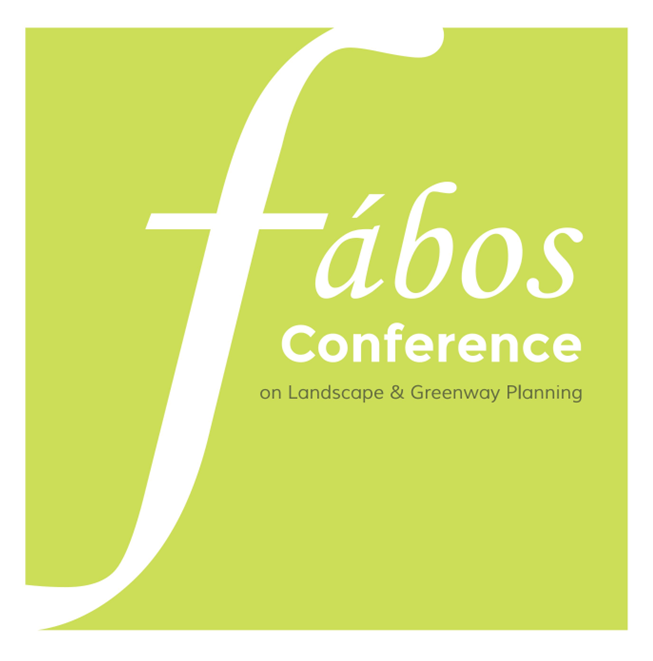Alias Greenway: What’s in a Name?
Abstract
The past 15 years has seen a proliferation of linear parks in the urban areas of the US and abroad. Many are named similarly: High Line (NYC), Hi Line Connector (Dallas), Beltline (Atlanta), Lakeview Low-Line (Chicago), Goods Line (Sydney), Camden Highline (London), and Underline (Miami). These have been scaffolded on to rail lines that either co-exist or have been reused.
Yet, aside from consistency in park naming, a consistent and more inclusive term for this landscape type that captures the spatial aspect of these linear spaces has not been widely adopted. Terms used still primarily refer to origin, like parkways or boulevards in relation to roads, or waterfront and riverfront in relation to seaports or rivers, or rail to trail or rail-trail in relation to railroads. Or, names focus on one function like wildlife corridor, green infrastructure, hike and bike trail, bikeway, promenade, or trail. Often, legal classifications are the ways these are described with right of way, greenbelt, brownfields, and scenic trail. These separate terms mask and obscure the advantages and co-benefits that are features of this shape of open space.
In the context of a practice-based research project on four transit infrastructures—ports, rivers, rails, and roads—the author revisits naming and terminology and how it has evolved since the term greenways first appeared in the 1950s and linear park in the late 1930s. Though uncommon in landscape architecture, this paper argues for a more formalist approach to this open space typology in terminology. The characteristics and opportunities inherent in linear systems offer advantages in terms of movement, transportation, species, and nutrients as well as linkages comprising a network (Ahern, 1995). Capturing these in name, whether it be greenway, corridor, linear park, thin park, or something new like line park, is an important project that can codify this landscape type and highlight its important functional aspects.
Ahern, J. (1995). Greenways as a planning strategy. Landscape and Urban Planning, 33(1), 131–155. https://doi.org/10.1016/0169-2046(95)02039-V
Keywords: linear park, greenway, terminology, classification, typology
How to Cite:
Domlesky, A., (2025) “Alias Greenway: What’s in a Name?”, Fábos Conference on Landscape and Greenway Planning 8(1). doi: https://doi.org/10.7275/fabos.2473
Downloads:
Download Alias Greenway: What’s in a Name?
311 Views
118 Downloads

